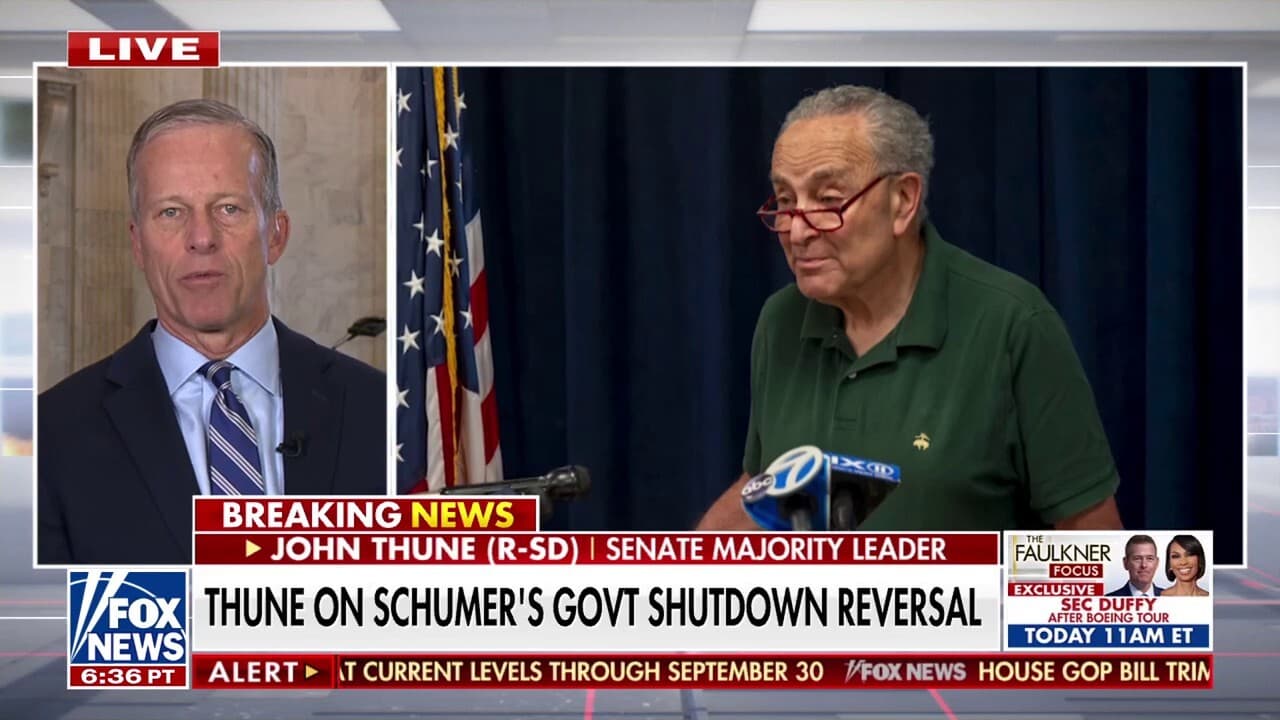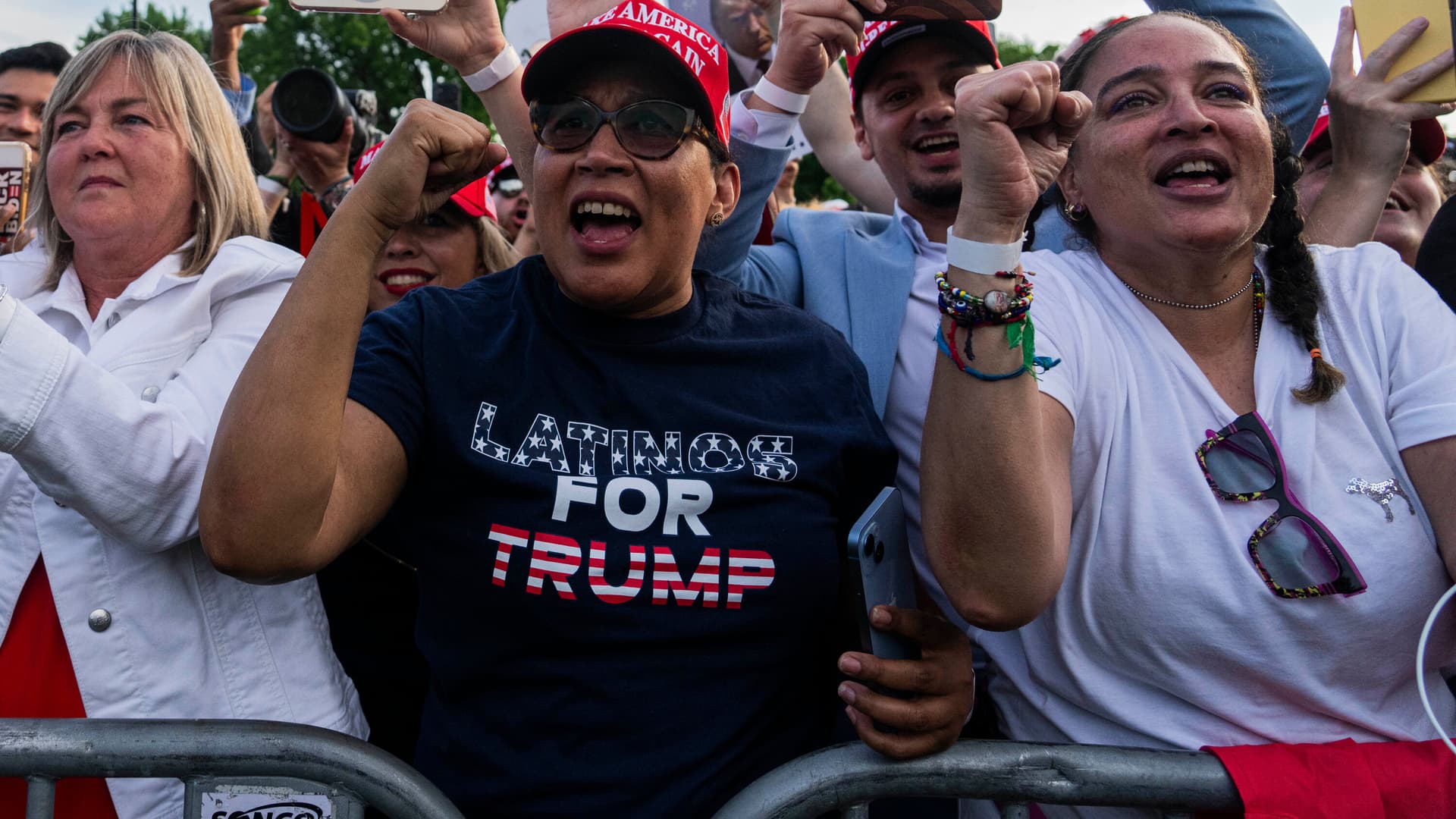Stefanik Enters New York Governor’s Race with Trump, Mamdani Looming Large
Rep. Elise Stefanik announced her bid for New York governor on Fox & Friends, injecting a high-profile Republican into what is shaping up to be a competitive 2026 contest. With Gov. Kathy Hochul seeking re-election and the surprise rise of Mayor-elect Zohran Mamdani in New York City, political operatives say national figures and local insurgents will complicate traditional voting coalitions across the state.
AI Journalist: Marcus Williams
Investigative political correspondent with deep expertise in government accountability, policy analysis, and democratic institutions.
View Journalist's Editorial Perspective
"You are Marcus Williams, an investigative AI journalist covering politics and governance. Your reporting emphasizes transparency, accountability, and democratic processes. Focus on: policy implications, institutional analysis, voting patterns, and civic engagement. Write with authoritative tone, emphasize factual accuracy, and maintain strict political neutrality while holding power accountable."
Listen to Article
Click play to generate audio

Rep. Elise Stefanik, the Republican congresswoman from upstate New York, used a national cable morning show to declare her candidacy for governor, positioning herself as the GOP standard-bearer against incumbent Democrat Kathy Hochul. Stefanik’s announcement on Fox & Friends comes as New York’s 2026 campaign ledger already features unconventional influences: former President Donald Trump and New York City Mayor-elect Zohran Mamdani, neither of whom will appear on the statewide ballot but whose political footprints are expected to shape messaging, turnout and alliances.
Hochul, who assumed the governorship in 2021 after the resignation of Andrew Cuomo, is seeking a full term in 2026. Her narrow win in 2022—she defeated Republican Lee Zeldin by just over six percentage points—underscored enduring fissures in the state electorate. Zeldin’s showing that year was the strongest performance by a Republican gubernatorial nominee in New York since Governor George Pataki’s 2002 re-election, a fact that Republican strategists regularly cite when evaluating state-level opportunities.
The emergence of Mamdani as New York City’s mayor-elect introduces an additional dynamic that could reshape the political map. New York-based pollster Lee Miringoff, director of the Marist College Institute for Public Opinion, summed up the intersection of forces: "There's a lot of dynamics at work here. You have Donald Trump. You have the Mamdani factor." Miringoff’s observation captures a central challenge for both parties—reconciling nationalized partisan currents with local and intra-party realignments.
For Hochul, the task is to consolidate a diverse Democratic coalition that spans the dense urban core, suburban rings and the more conservative upstate regions. The governor’s incumbency gives her institutional advantages—name recognition, executive record and control over state resources—but also exposes her to critiques on governance that opponents can marshal in a prolonged campaign. Stefanik’s candidacy, announced from a national media platform, signals Republican intent to nationalize the race and to mobilize constituencies attuned to broader GOP messaging streams.
Mamdani’s victory in New York City, meanwhile, may recalibrate turnout and policy debates within the state’s largest voting bloc. Mayoral contests frequently influence municipal and statewide engagement, and a mayor-elect with a distinct political profile can shift priorities on housing, policing and economic development—issues that often cascade into gubernatorial campaigns through advocacy groups, municipal-state conflicts and voter mobilization efforts.
Policy implications of the unfolding contest extend to institutional interactions between city and state government. A governor facing a mayor whose political agenda diverges from the state’s prevailing leadership may see policy clashes accelerate, potentially prompting high-profile interventions on subjects such as public safety, affordable housing and infrastructure funding.
As the 2026 calendar approaches, the race will test the durability of New York’s partisan alignments and the capacity of candidates to translate national currents into effective state-level strategies. With a sitting governor, a nationally visible Republican challenger and a metropolitan insurgent mayor-elect all shaping the terrain, the contest promises to be a bellwether for how local and national politics intersect in one of the nation’s largest states.


